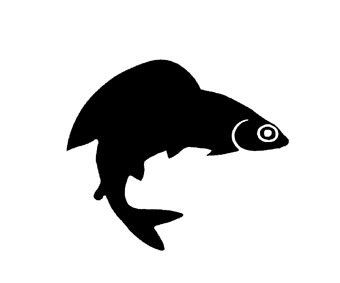Site built with:
Information gained from an angling log-book schemes can be very valuable. Besides providing a long-term assessment of fish populations, log-book data can provide vital evidence of changes in fish populations, which could be missed in electric fishing surveys. Log-book schemes can benefit all salmonid species (trout, salmon and grayling). Good log-book data record more than simple catch-returns. Log-book schemes are successfully run by many organisations including the Eden Rivers Trust and Tweed Foundation.
Information, collected over the years of the first grayling log-book scheme, run by the GRT and the Grayling Society, helped inform and direct management of the species and advanced the scientific knowledge that underpins it. Analysis is included in the latest edition of the conservation guide. If you have a club or personal grayling log-book data scheme or data, the Grayling Research Trust can help provide help and advice in analysing your log book returns.
The Grayling Society has recently relaunched an on-line catch-return initiative on its website, in collaboration with the GRT. It can be found here.
Case study: Angler Catch Return Cards
There is a general consensus amongst anglers and fisheries scientists that grayling populations have suffered a decline in the UK, specifically in Yorkshire, since the 1980s.
In November 2011, an angling club in the Yorkshire Derwent kindly offered their historical records and angler catch returns to assist an ongoing investigation into the perceived decline of grayling populations in Yorkshire. Club records confirmed that there has been a significant decrease in the success of grayling anglers post 1980, irrespective of any annual fluctuations. During the same period, there has been an overall increase in the weight of grayling. Similarly, there has been a change in the number and size of brown trout over the same period, specifically the weight of brown trout began to increase in 1977.
It is possible that the reduced number of grayling and the increased fluctuations in trout numbers has resulted in larger individuals in both species, possibly related to poor recruitment in some years reducing the competition amongst individuals. This study has also highlighted the ability of grayling and trout populations to recover from relatively low numbers over a very short period of time (2-3 years).

